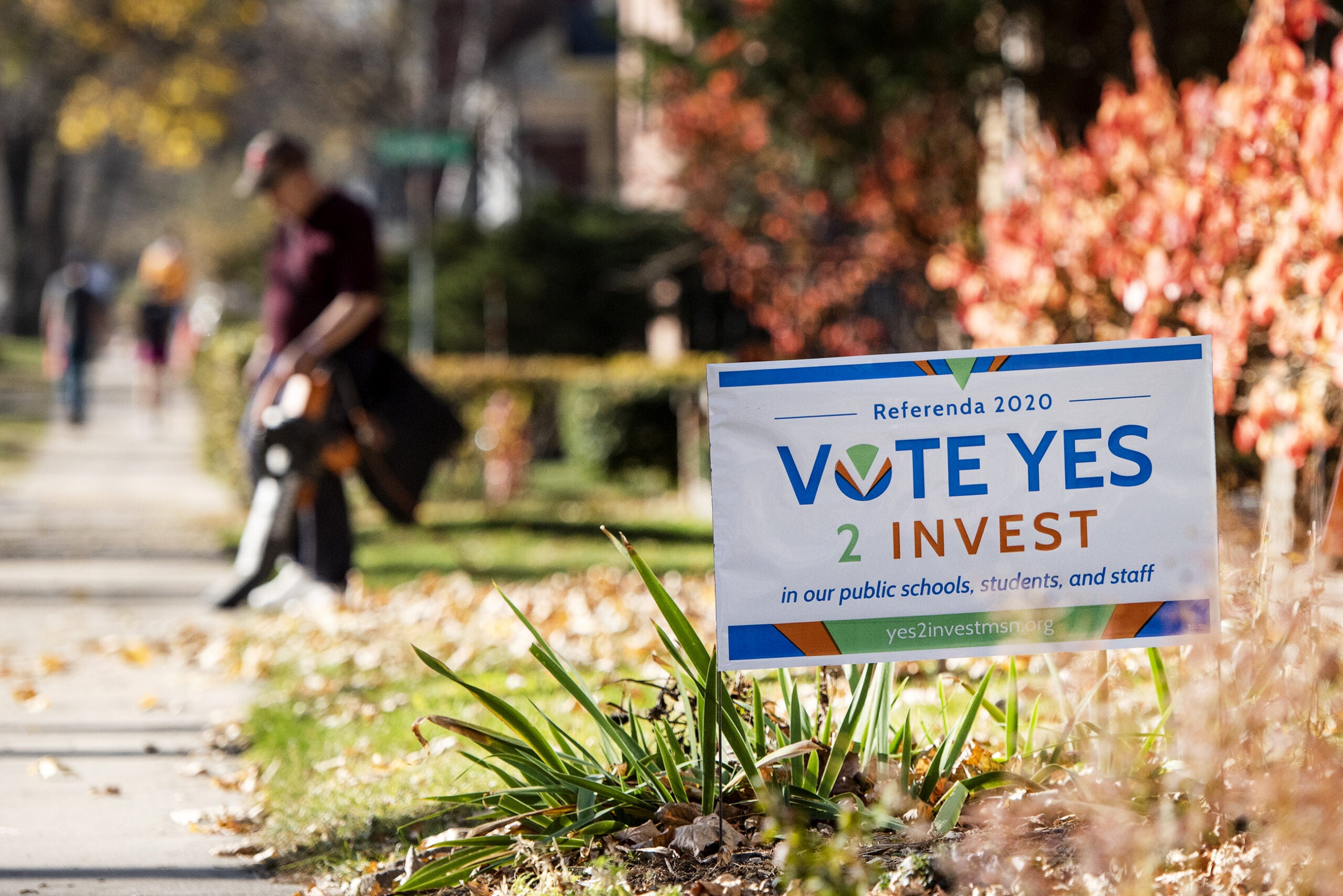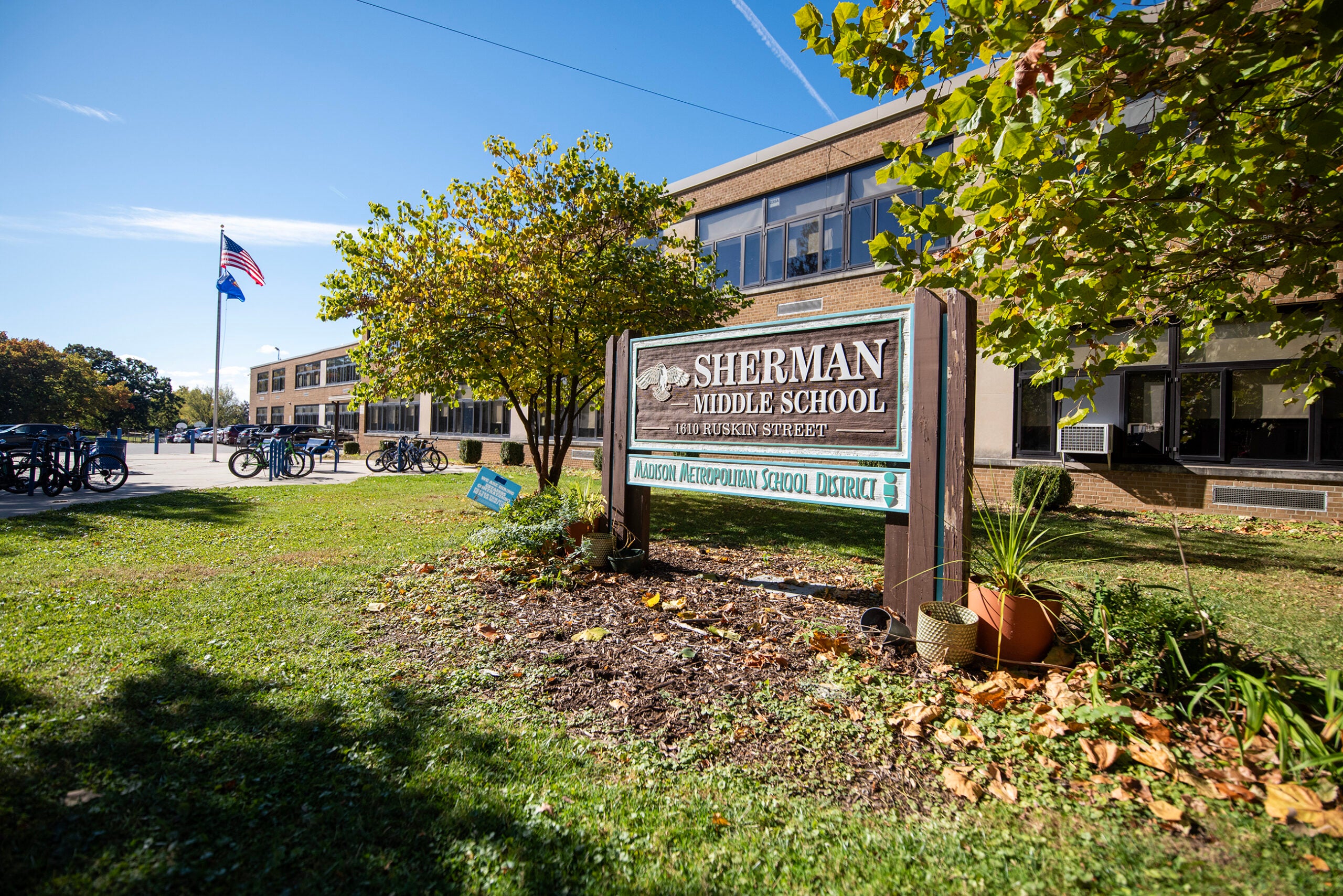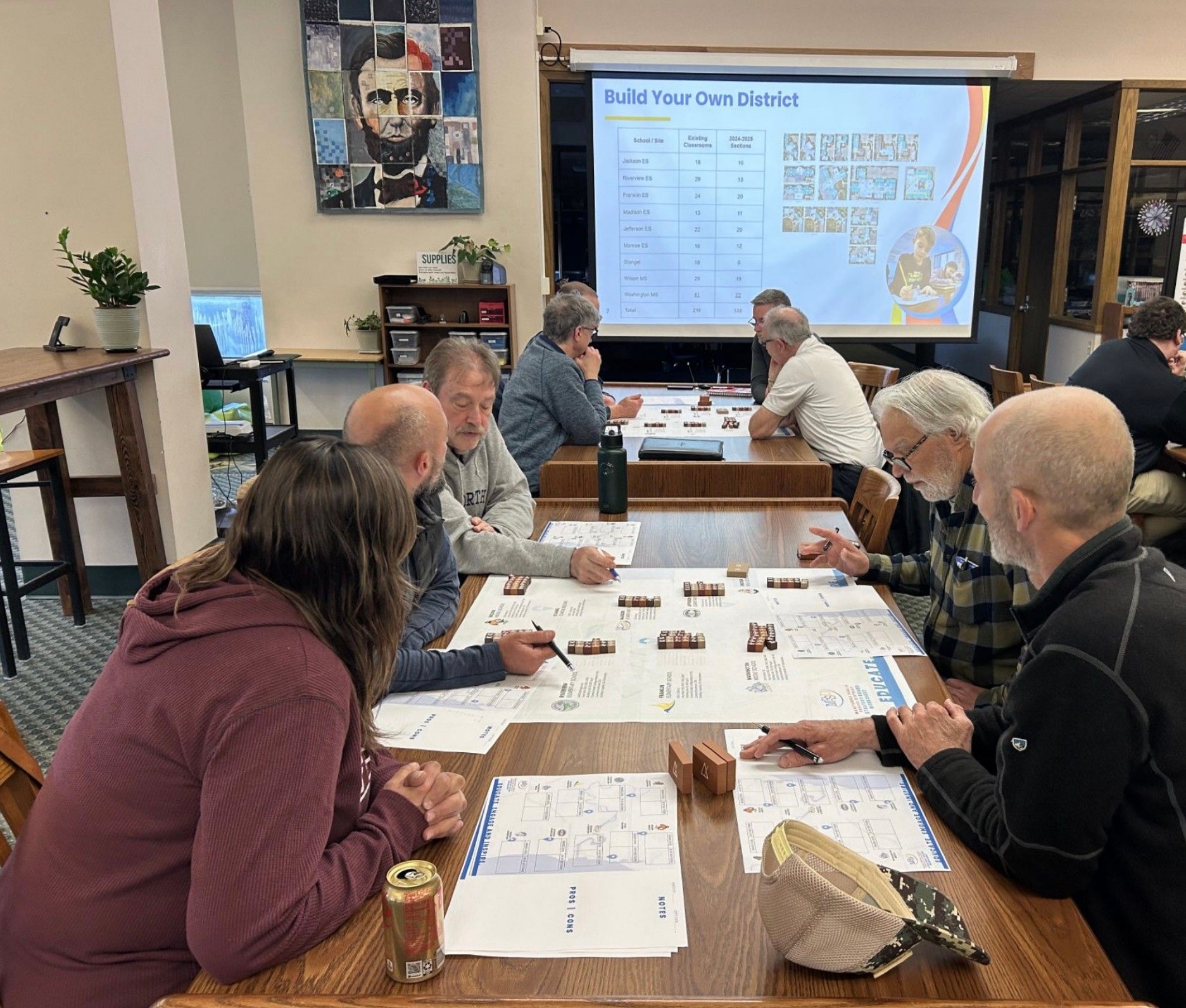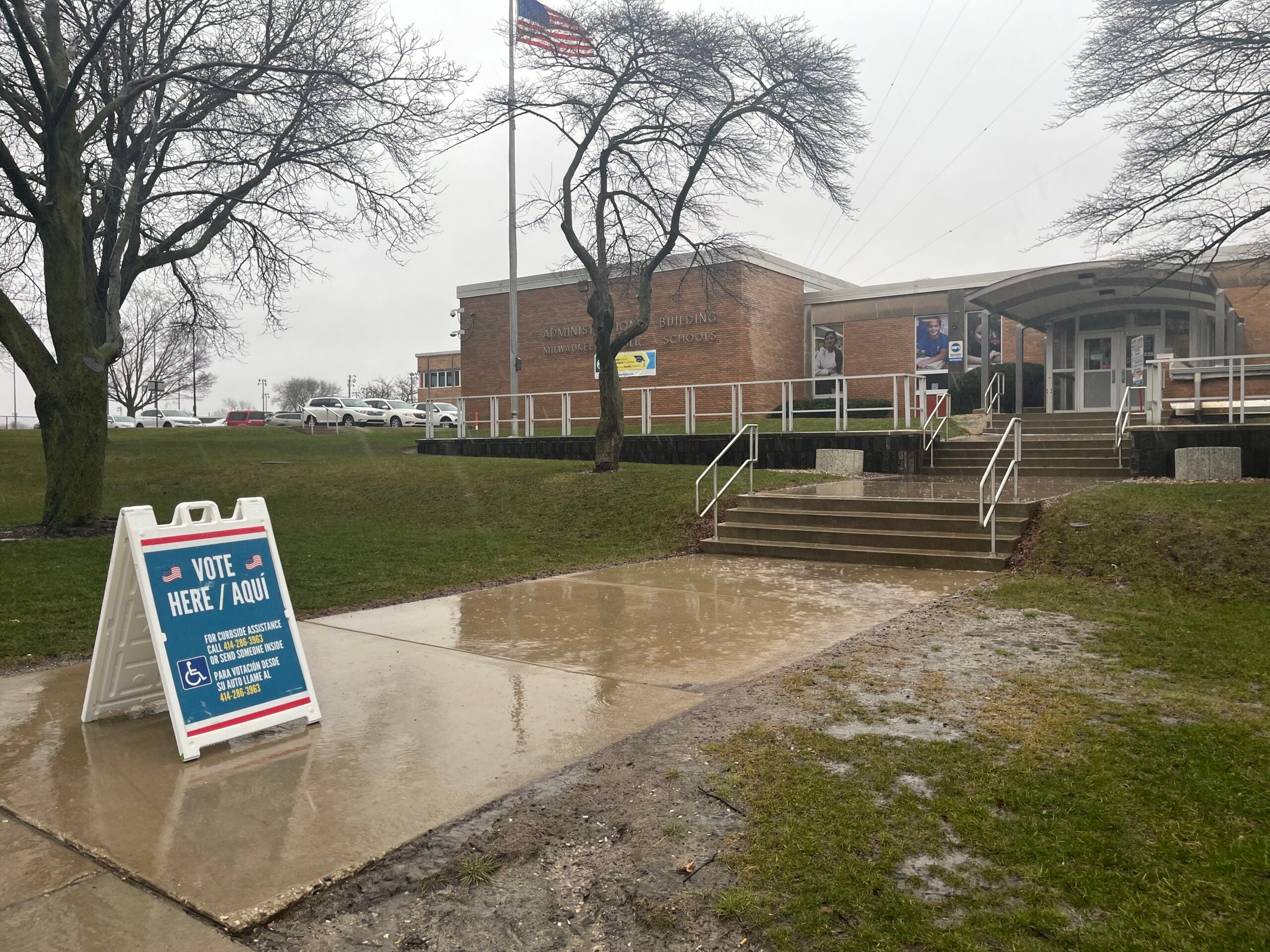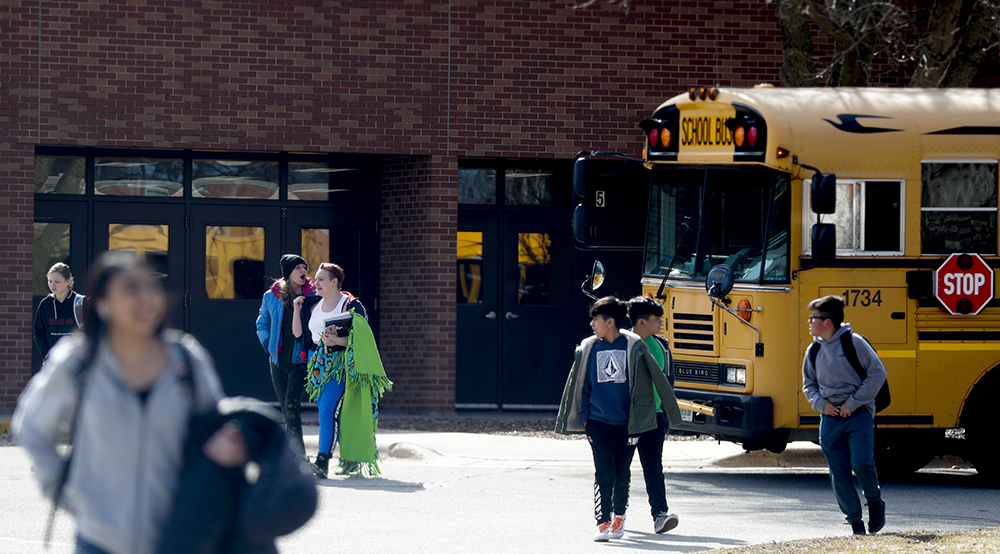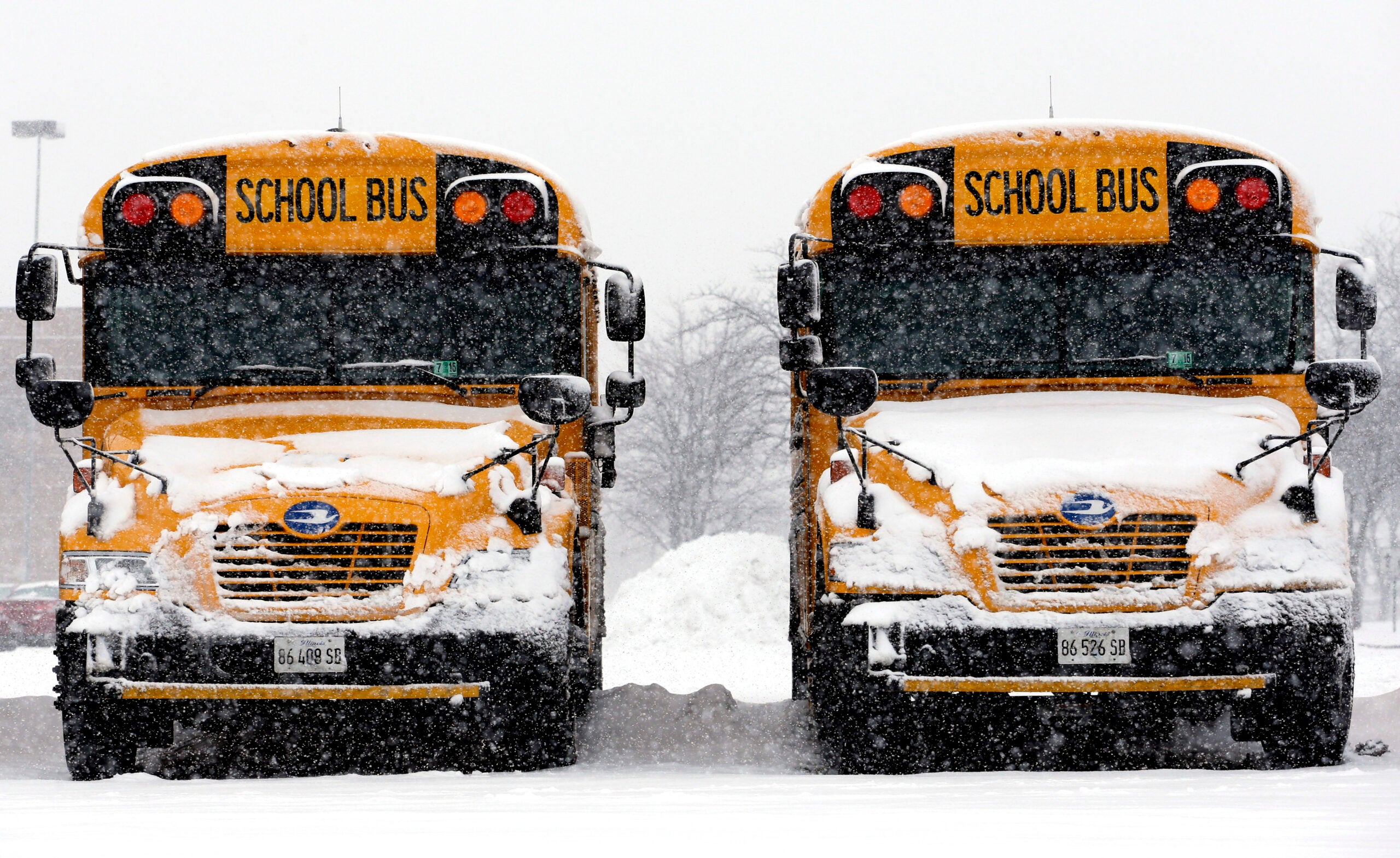The U.S. presidential race at the top of the ticket might have drawn the most attention in Tuesday’s election, but further down the ballot, 41 Wisconsin school districts had a lot of money at stake.
Of the 51 school referendums on ballots around the state, 43 of them — or 84 percent — got voters’ approval.
In each of the 41 districts, voters either approved or rejected school referendums in two categories: operational, or requests for money for day-to-day activities and programming, and capital projects, which were for borrowing money for renovations, new facilities or other building improvements.
News with a little more humanity
WPR’s “Wisconsin Today” newsletter keeps you connected to the state you love without feeling overwhelmed. No paywall. No agenda. No corporate filter.
Ten districts had referendums for both operational expenses and capital projects.
The largest requests came from the Madison Metropolitan School District, which asked for $317 million in capital improvements — including high school renovations and a new elementary school — and another $33 million phased in over four years to support operations. Madison’s operational referendum is recurring, meaning that the school district asked to raise the maximum amount of money it can bring in through a combination of property tax and state funding beyond the years listed in the ballot question (in Madison’s case, 2024-25).
Both referendums passed with more than 75 percent of the vote, in an election with record turnout in Madison and Dane County.
Robert Birmingham, a Madison resident who cast his ballot on Election Day at O’Keefe Middle School, said he was in favor of both measures.
“I always support schools,” he said. “Whatever they want to do to increase the wherewithal to educate our children, I’m always, always in favor of.”
Another voter at the middle school, Jamie Bugel, said she had to research both referendums, but ultimately decided to vote in favor of them.
“I thought that giving money to our schools and supporting our community was important,” she said.
Dan Rossmiller, government relations director for the Wisconsin Association of School Boards, said it was a surprisingly good year for recurring operational referendums like Madison’s. He said conventional wisdom among school districts holds that when economic times are tough, voters prefer funding limit increases that time out after a few years, so that they don’s add to their property tax bills long-term.
“The difficulty that that puts schools in is that, unless circumstances change with their budgets or with the assistance that the state provides, when the non-recurring referendum expires, they’re back in the situation of having to go back to the voters, and either cut programs or ask for more money,” he said. “And given the nature of funding in Wisconsin, very typically the school district is coming to ask for a bigger amount in the subsequent ask.”
Voters approved nine out of the 10 recurring operational referendums on Wisconsin ballots. They approved 16 of 20 of the non-recurring referendums.
Wausau’s recurring referendum, which promised to fund counseling and special education, among other services, was the only one to fail, falling short of approval by about 800 votes. The school district also had a capital improvement plan on the ballot, which would have funded building upgrades, which failed by a similar margin.
Wausau Superintendent Keith Hilts said the district is working on a survey to understand why voters rejected the funding measures, which together totaled $158 million. The operational referendum included plans to combine two neighborhood elementary schools, which garnered opposition in the district’s Hmong community.
Not every referendum adds to residents’ property tax bills. Some, like Wausau’s, replace previous funding requests that are set to time out. In Wausau’s case, the “no” vote means property taxes will go down. That would make it slightly more difficult to win over voters if the district tries again in the future, since it would mean a property tax increase.
Of the 21 referendums for capital projects, 18 passed, for an 85 percent approval rate.
Rossmiller said it’s hard to draw dramatic conclusions from November’s referendums at this point. He said later analyses of voter turnout, the local economy, and perceptions of schools’ handling of spring closures due to COVID-19 could shed more light on why some referendums passed and others didn’t.
It does add to a promising track record for school referendums in 2020. The April election saw about 87 percent of measures pass, bringing it close to 2018’s record approval rate of 90 percent.
The Wisconsin Policy Forum noted that schools have been more frequently turning to referendums for operating expenses over the last several decades. They were previously favored to cover the costs of new buildings and other capital expenses, but the decline in other sources of school funding has led schools increasingly turning to voters to help fund arts programs, teachers, counselors and other day-to-day expenses.
Editor’s note: Rachael Vasquez contributed to this report.
Wisconsin Public Radio, © Copyright 2025, Board of Regents of the University of Wisconsin System and Wisconsin Educational Communications Board.

